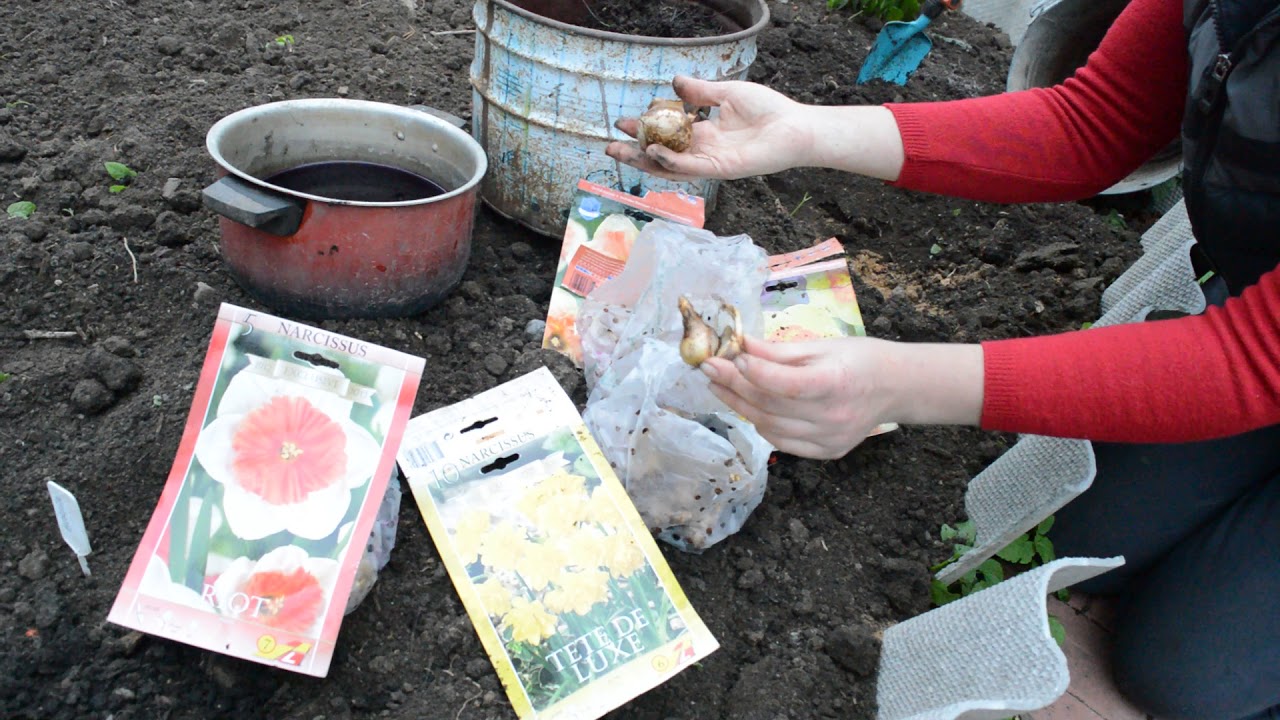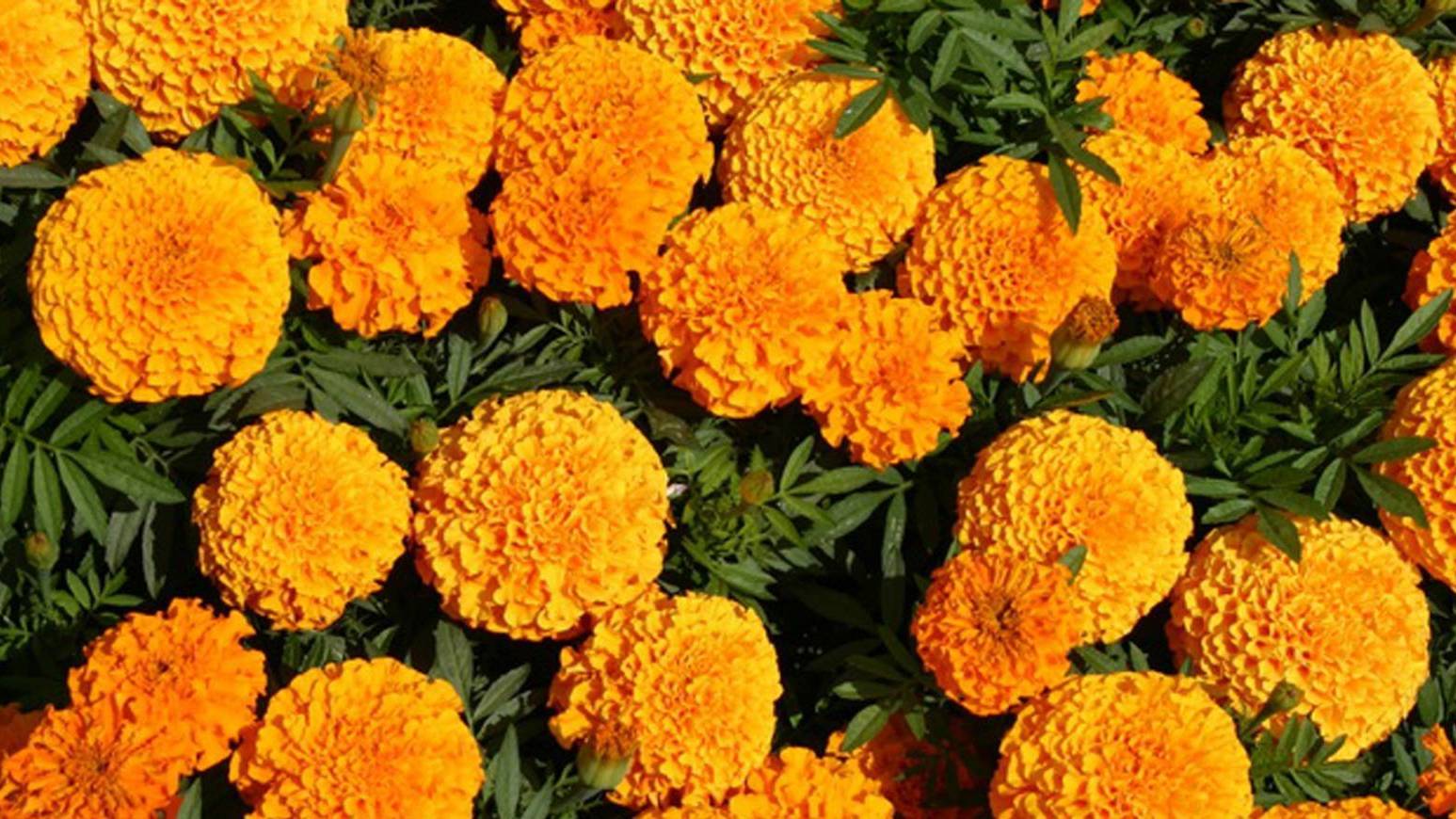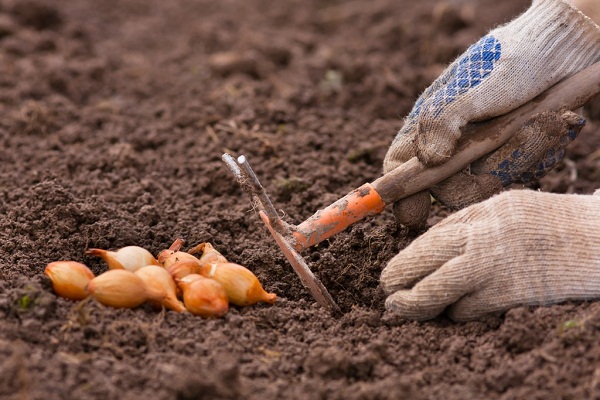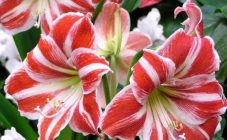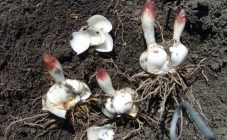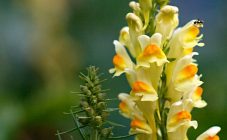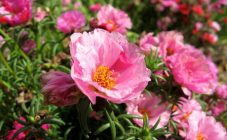Content:
Daffodils are so common among domestic summer residents that it is already difficult to imagine a backyard or summer cottage without them. The plant belongs to the Amaryllis family. During flowering, the flower exudes a pleasant, captivating aroma. Today there are about 60 varieties of daffodils. Thanks to the persistent efforts of domestic and foreign breeders, more than 30 thousand varieties have been bred. Garden flowers are usually hybrid forms, derived from two different species.
What should an agronomist pay attention to before growing daffodils on his backyard? First of all, the variety must be adapted to the climatic conditions of the required region. It is also important to choose the most suitable place on the site, pre-prepare the soil and planting material.
When to plant daffodils outdoors
When to plant daffodils? This question is of concern to many flower growers, especially beginners. There are two most suitable seasons for planting daffodils. It's spring and autumn. In this case, the timing of planting daffodils must be maneuvered depending on the weather and climatic conditions of the region, as well as the varietal affiliation of the plant.
- When to plant daffodil bulbs in spring? Planting daffodil bulbs with the arrival of spring is possible if, before that, the planting material was kept in the cold for some time, for example, in a refrigerator. Such a storage period is required, otherwise the plant will simply not bloom.
- When can you plant daffodils in the fall? Most agronomists plant bulbous plants on their plot at the same time, but this is not correct. There is a most optimal period for each plant. For daffodils, this time lasts from the second or third decade of August to the end of the first decade of September. The most active root system is formed in September. If the bulbs are planted later, then by winter the length of their root system will be 4 times less. If, nevertheless, an error was made, then the flowerbed should be covered with fallen dry foliage or rotted humus.
The peculiarities of planting in Siberia, in the Urals and in the Moscow region are not in agrotechnical aspects, but in the terms mentioned above. All these regions can hardly be called southern. Accordingly, it is best to plant flowers here in spring.
Planting daffodils: features and rules
Daffodils are relatively unpretentious plants, they readily grow on almost all types of soil. But, if it is unsuccessful to choose a place for planting, then it will not be possible to contemplate healthy plants with lush flowering. Of course, they will be more likely to grow on fertile light soil.
To successfully grow daffodils in your flower beds, you need to regularly replant the plant to a new location, otherwise the bulbs will develop and press against each other. If nothing is done, the flower begins to wither. The optimal transplant frequency is once every 4-5 years.
In what month is it better to divide the bush? The most suitable month is August. At this stage, the flowers have practically no root system, so the process will be easily transferred. If the bulbs begin to form roots, the plant must be dug out very carefully.
Bulbous nests are divided with minimal trauma to the mother tuber and transplanted to a new location. If it is not possible to plant daffodils right away, it is necessary to store young bulbs in a dark, dry place, preventing the roots from drying out.
The optimum planting depth for the bulb is approximately three times the diameter of the bulb. When planting daffodils in the fall, a complex of mineral and organic fertilizers must first be added to the soil.
The depth of the tubers, as a rule, varies from 10 to 25 cm. It all depends on the composition of the soil and the size of the bulb. For example, if the soil is light, then you can deepen the planting material by 25 cm, but if the soil is heavy, then no more than 10 cm.
In addition, the distance between the holes will depend on the size of the bulbs. The minimum interval between them is 10 cm, otherwise the plants will simply choke each other and interfere with development. The most optimal distance between tubers is 20 cm.
Before planting, it is necessary to prepare the soil, be sure to carry out a deep digging, and then add fertilizers and sand there.
The tubers laid in the pits are covered with earth, carefully compacted and watered abundantly with water. In case of a cold snap, the planting must immediately be mulched.
What can you plant after daffodils
Many agronomists ask themselves: what can be planted after daffodils? This flower does not greatly deplete the soil, you can plant on the vacated area:
- ageratum,
- salvia,
- marigold,
- lobelia,
- asters and more.
Fading flowers can be arranged in a good neighborhood, which will give the flower bed an attractive look. Daffodils are moisture-loving plants, but excess moisture leads to the development of fungal diseases and decay of the root system. Therefore, not overly moisture-loving plants should grow nearby.
Peonies, astilbe, hoasta look attractive next to daffodils. In general, all plants that, with their large green leaves, can hide a withering daffodil. Also, as an alternative, you can use ground cover plants, for example, sedum, obrietu, arabis, subulate phlox. It is important that the selected ground cover plants provide oxygen to the ripening daffodil bulbs.
Daffodils are fabulous plants that have been attributed with unique characteristics thousands of years ago. In Europe, this flower has long symbolized marriage, and the Greeks often compared it with the eyes of a loved one. Italians-romantics to this day consider the presented daffodil a symbol of love.
A perennial plant can be found today in almost every flower bed, personal plot and flower garden. Even a novice agronomist can grow it, the main thing is to correctly and timely divide and transplant bulbs. Subject to all agrotechnical rules, the flower will delight with lush and bright flowering for a long time.

